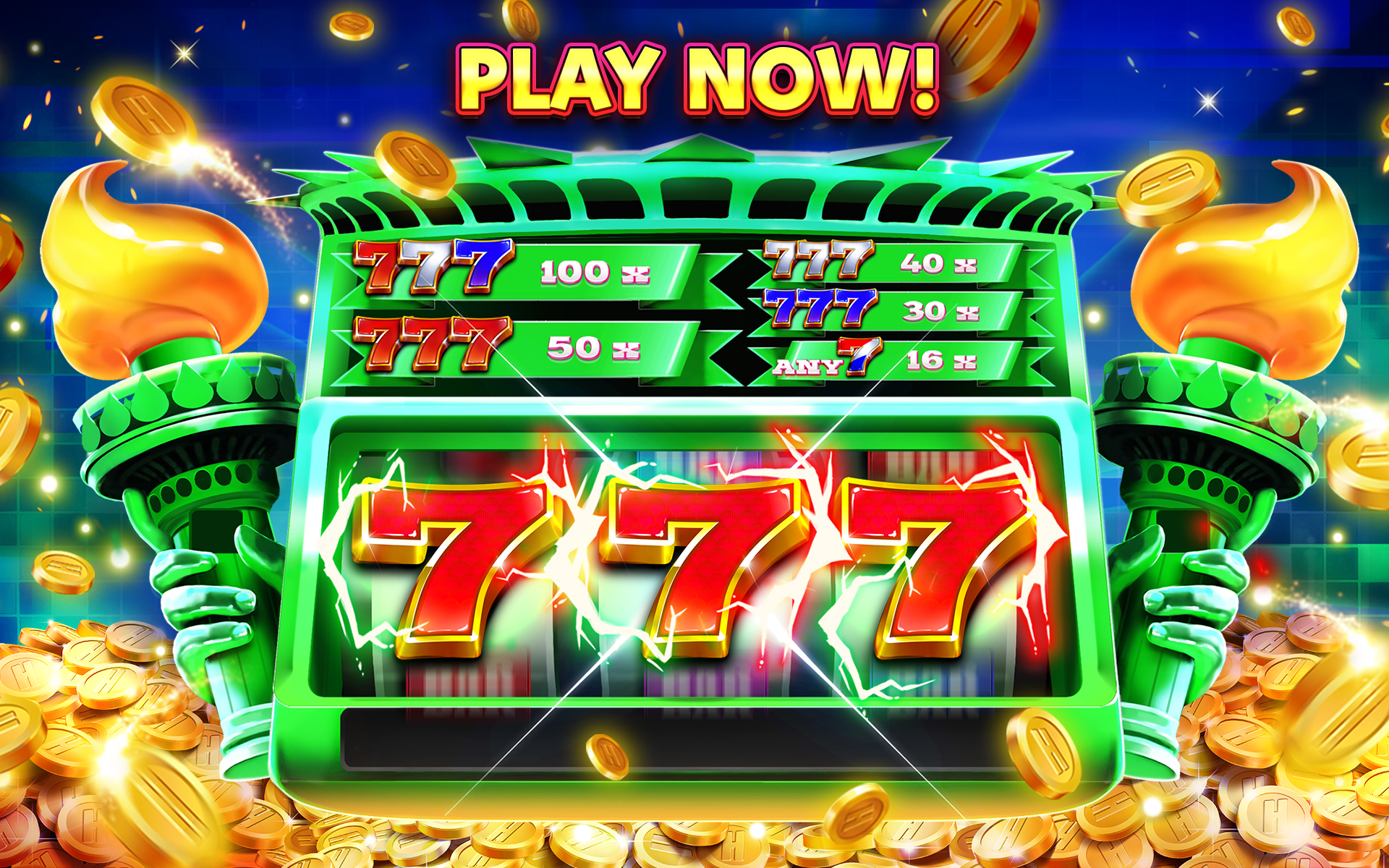
The world of slot gambling is a fascinating blend of art, technology, and human behavior. For many, the thrill of lever-pulling or pressing a button to activate the reels is a pulse-quickening experience brimming with anticipation. Beneath the vibrant colors and catchy sounds of these games lies a complex system that delivers these captivating experiences to life. This article delves deep into the detailed journey of creating a slot game, from the initial concept to its ultimate launch in physical casinos and the digital world.
Every machine begins with an idea, whether it’s inspired by a theme, a story, or the desires of players. Designers, artists, and developers work together to craft a unique experience that not only grabs interest but also maintains players engaged. The fusion of creative visuals, sound design, and engaging gameplay mechanics sets the stage for a remarkable slot gambling journey. Join us as we investigate the creative and technical facets that contribute to the success of these modern gaming wonders.
Concept Development
As developing a fresh slot game, the first step is generating concepts that appeal with gamers. This includes recognizing motifs that are popular and appealing, such as exploration, mythology, or classic fruits. Developers often conduct market research to understand latest trends in slot gaming and what resonates with the intended players. The aim is to create a unique concept that stands out while also keeping familiarity for players who prefer classic slot games.
After a theme is selected, the next phase is to establish the game dynamics. This entails determining on the number of reels, winnings lines, and unique elements such as rewards or complimentary rounds. Developers must thoughtfully manage the intricacy of the game to keep it engaging, ensuring that casual players can grasp it while also providing depth for seasoned gamblers. This stage also requires establishing rules around how icons interact and what arrangements yield payouts, laying the foundation for gameplay dynamics. ALOHATOTO
After the initial mechanics are outlined, the creative team focuses on visual and auditory aspects that improve the overall experience. This entails designing vibrant graphics, choosing color schemes that align with the concept, and picking music and sound effects that engage gamers in the game setting. The goal is to create a cohesive atmosphere that attracts players in, making them excited to participate in slot gaming and offering them with an entertaining experience from the moment they start turning the slots.
Game Design Procedure
The game design procedure for a game begins with brainstorming ideas that capture the thrill and theme the developers want to convey. This initial phase often involves collaborative discussions among creators, artists, and programmers to determine the core concept, narratives, and aesthetic aesthetics. Market analysis is also essential during this stage, helping the team understand current movements in slot gambling and what players are seeking for in upcoming games.
Once the core concept is established, the design team creates a comprehensive game design blueprint that outlines the mechanics, rules, bonus features, and payout structure. This document serves as a guide, guiding the creation process and ensuring that every element of the game aligns with the initial vision. Throughout this stage, prototype designs are often tested to collect feedback and implement necessary adjustments, improving the user experience and enhancing gameplay.
As the game nears completion, a shift migrates toward quality assurance and improvement. Quality assurance groups thoroughly test the game for bugs, ensuring that the software functions smoothly across multiple devices. The sound design and visual effects are also polished, contributing to the overall engaging experience. This careful attention to detail is vital in the competitive world of slot gambling, as developers aim to create a game that not only appears good but also engages and entertains players effectively.
Testing and Launch Strategies
Before a slot game reaches players, comprehensive testing is essential to ensure a smooth gaming experience. Developers use a range of testing methods, including initial and beta testing. Alpha testing is conducted in-house to identify any significant bugs or issues, while beta testing allows a select group of players to interact with the game and give feedback. This feedback helps developers refine game mechanics, graphics, and user interface, creating a polished final product.
After extensive testing, the release strategy is vital for a effective rollout. Marketing teams work together with game developers to create anticipation around the release. This can include marketing events, social media campaigns, and partnerships with online casinos. A well-planned launch can attract significant player interest, ensuring that the game receives the focus it needs from the outset.
Post-launch, continual monitoring is key to the game’s success. Developers analyze player behavior, engagement rates, and revenue to make data-driven decisions for future updates or expansions. Feedback from players post-launch also provides insights that can guide enhancements, keeping the game fresh and appealing to both first-time and returning players. Successful testing and launch strategies not only contribute to immediate success but also set the stage for the game’s longevity in the challenging world of slot gambling.
